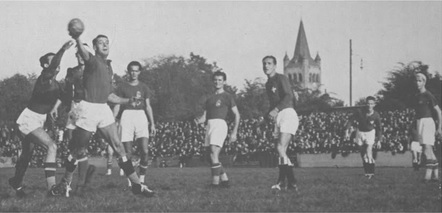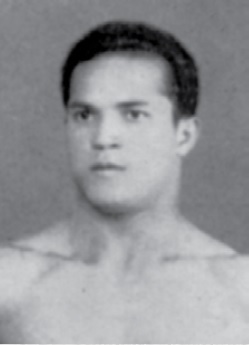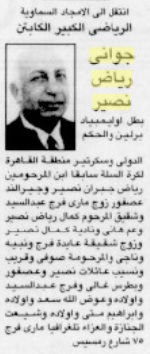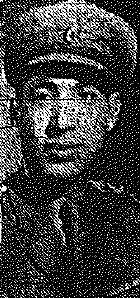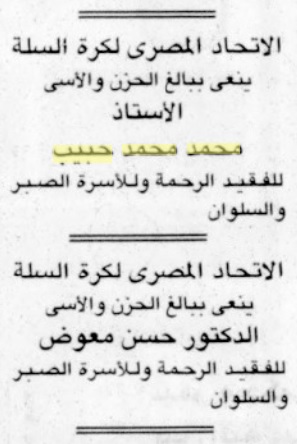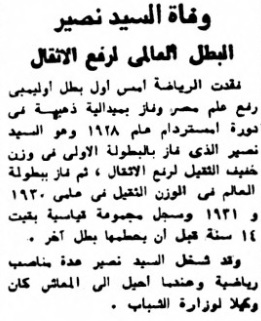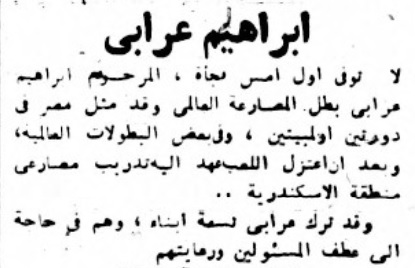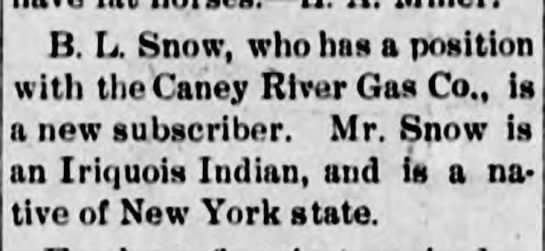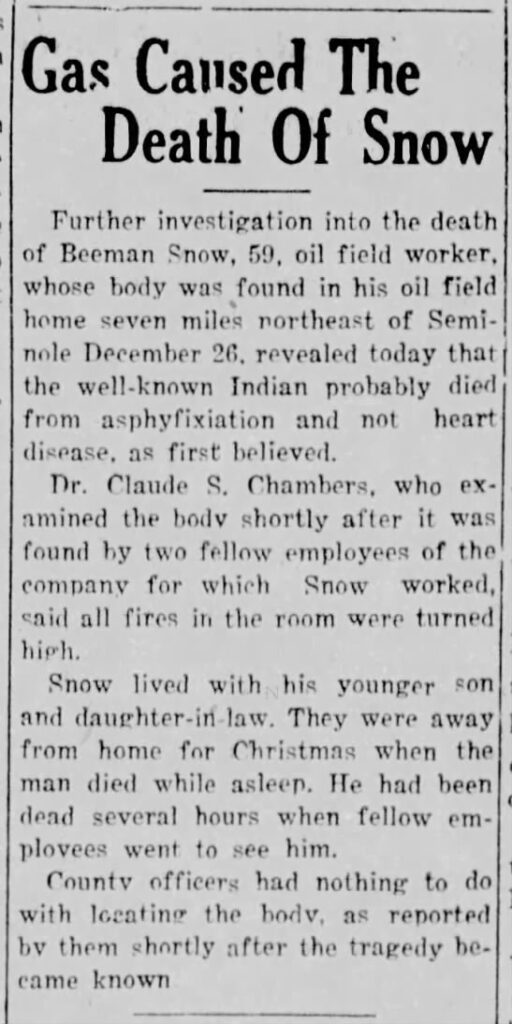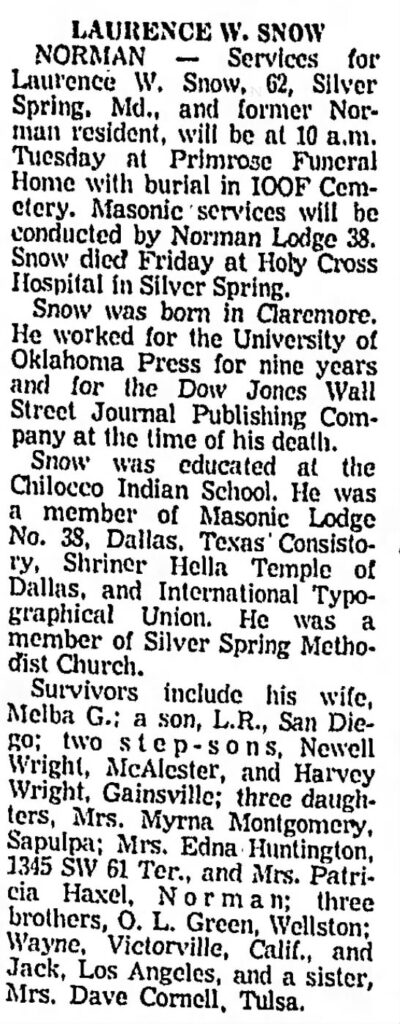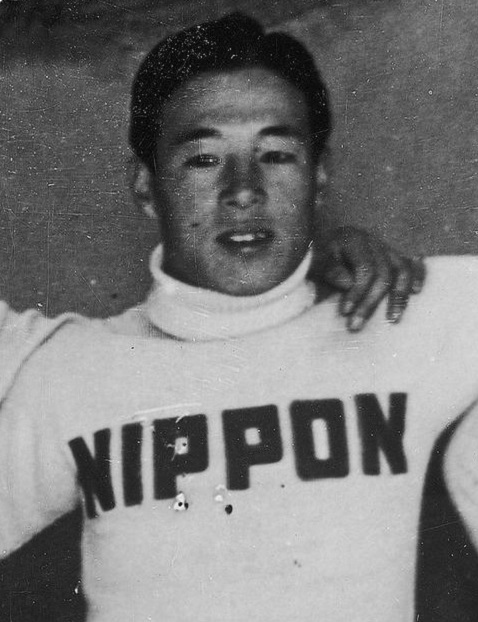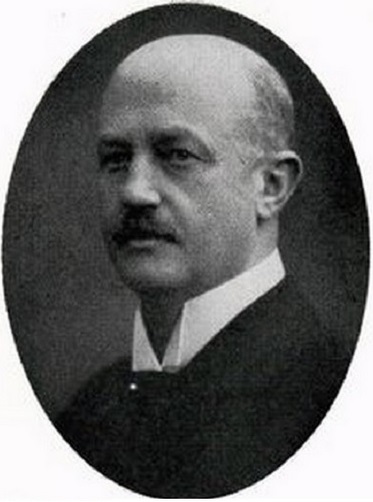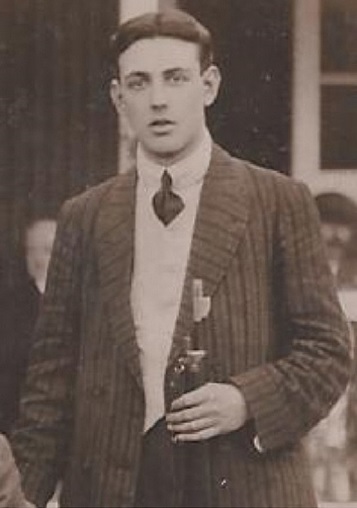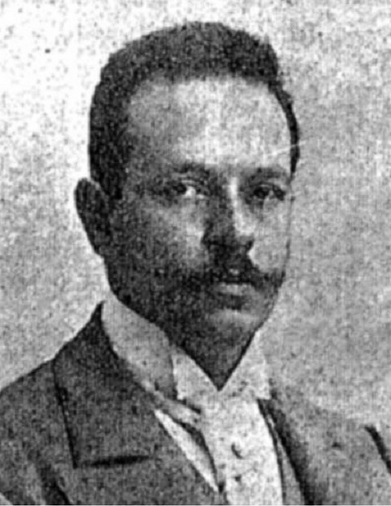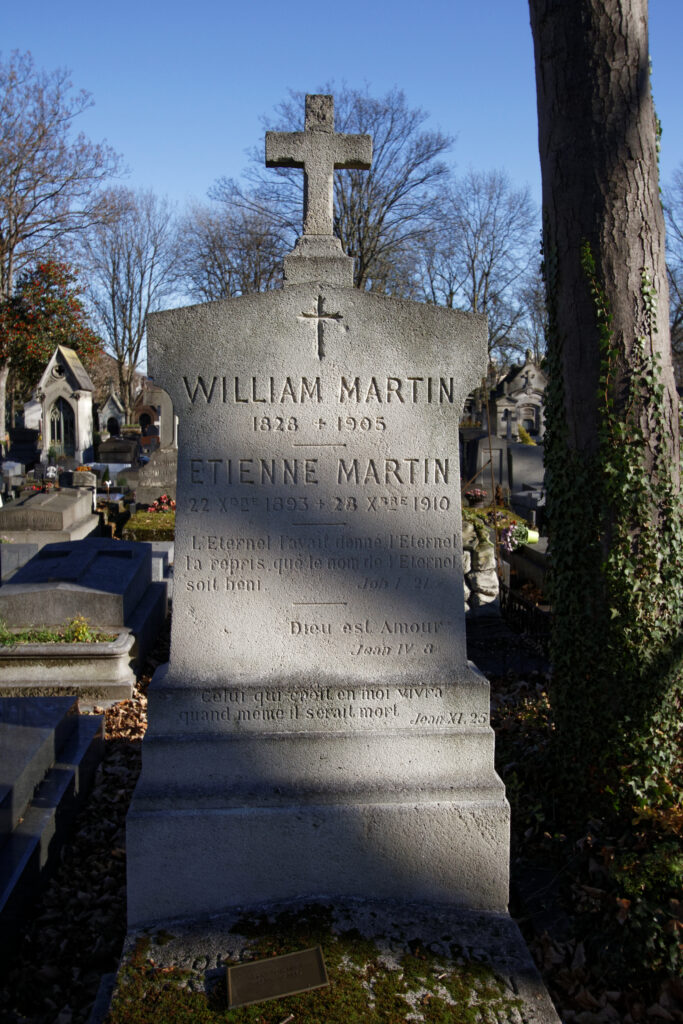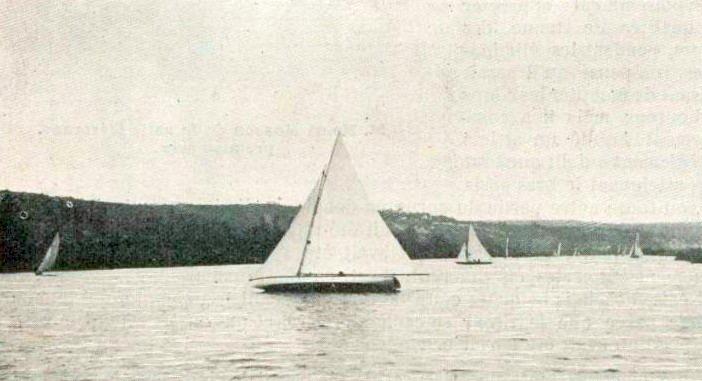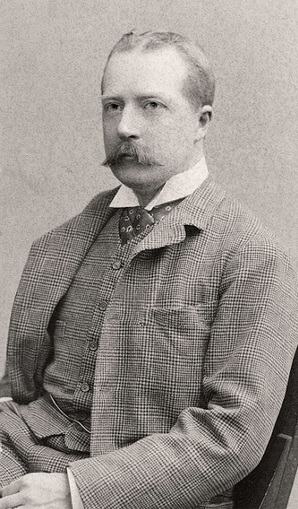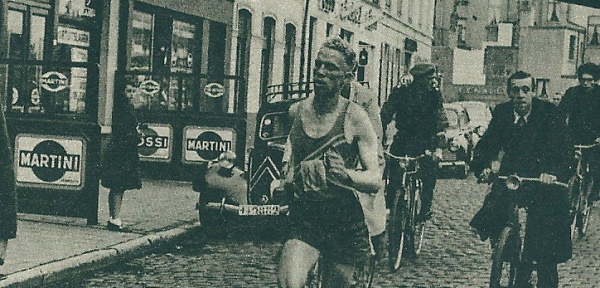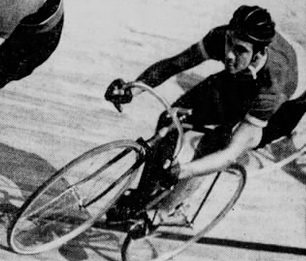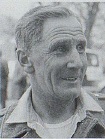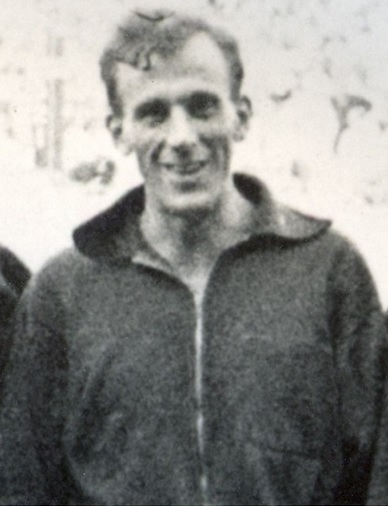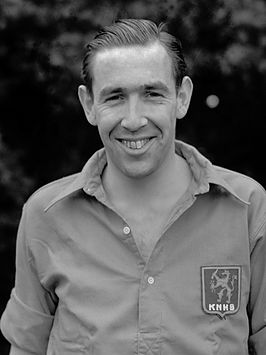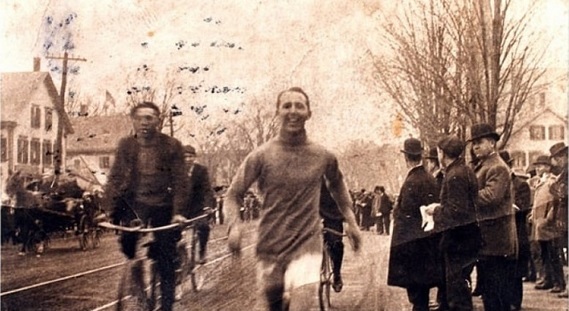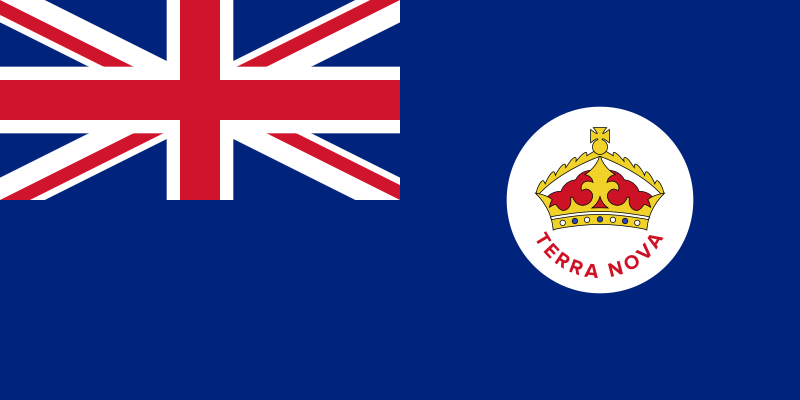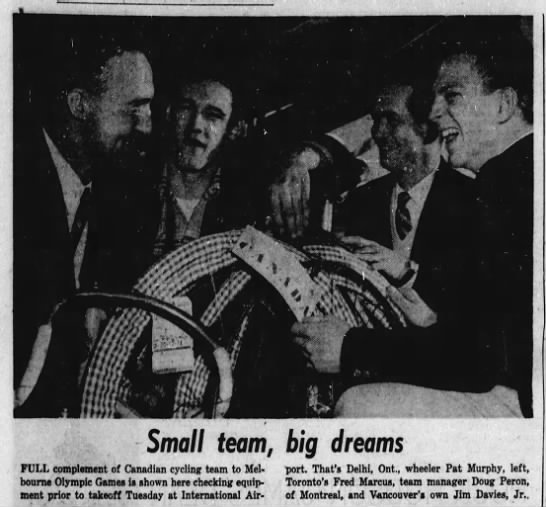Today on Oldest Olympians we are continuing to look into our findings from Al-Ahram and we wanted to post about the publication’s missing links. Obituaries in Egypt can be very unclear for those not familiar with the culture; they usually focus more on the individual’s families and very rarely on their occupations. Their ages are never mentioned. Thus, even when coming across a very uncommon name, it can be difficult to tell if that obituary is for the Olympian unless it was sponsored by their former club or the federation overseeing their sport. Thus today we are presenting a few cases that we believe to be Olympians, but do not have sufficient evidence to prove.
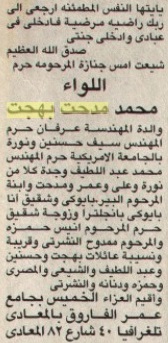
(Obituary for a Medhat Bahgat)
Medhat Bahgat – Member of Egypt’s basketball squad at the 1952 Helsinki Olympics
Medhat Bahgat, born October 14, 1926, was a member of the powerful postwar Egyptian army basketball squad and was selected to represent his country at the 1952 Helsinki Games. There, Egypt survived the group stage and proceeded to round one, where it was eliminated. Like many of the country’s basketball players, we know little else about him at the moment, but an obituary for a military officer by the name of Mohamed Medhat Bahgat appeared in the December 29, 1995 edition of Al-Ahram on page 19. Although this seems like to be the Olympian, the obituary contains no definitive proof.
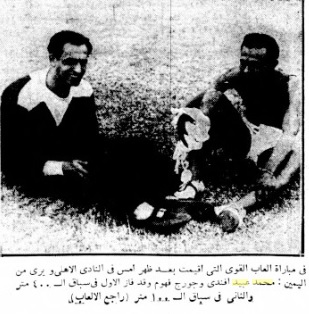
(Mohamed Ebeid, right, with teammate George Fahoum, pictured on page 16 of the February 1, 1937 edition of Al-Ahram)
Mohamed Ebeid – Member of Egypt’s track delegation to the 1936 Berlin Olympics
Mohamed Ebeid, born April 11, 1911, represented Egypt in the 400 metres event at the 1936 Berlin Games, where he was eliminated in round one. A member of the Al-Ahly Club, he continued competing at the national level until World War II, which effectively ended his career. We actually have two candidates for his obituary. On April 14, 1948, a forty-day remembrance was posted for a police officer named Mohamed Anwar Ebeid, indicating that he had died earlier in the year. Searching the archives reveals that Mohamed Anwar Ebeid was actually an athlete during the same era as the Olympian, but he competed for the police school and had no known ties to Al-Ahly. A different Mohamed Anwar Ebeid died January 26, 1988 and had his funeral at the Zamalek Club, a rival to Al-Ahly in that both clubs often poached each other’s athletes. This means that it is possible that Ebeid later joined Zamalek, although it is equally possible that this individual was a member of Zamalek for its social functions and had nothing to do with athletics. Either way, we have no evidence connecting either person for certain to the Olympian.
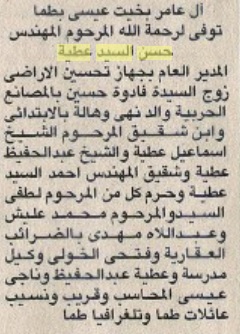
(Obituary for a Hassan El-Sayed Attia)
Hassan El-Sayed Attia – Member of Egypt’s shooting delegation to the 1964 Tokyo Olympics
We wanted to end our entry with an individual who is not quite at the potential for being one of the Oldest Olympians, but is close enough to warrant a further look while we are on the topic. Hassan El-Sayed Attia, born November 10, 1931, represented Egypt in the free pistol, 50 metres event at the 1964 Tokyo Games, where he was 47th out of 52 entrants. As usual, information about sport shooters is particularly scarce, but we did come across an obituary for a Hassan El-Sayed Attia in the December 19, 1997 edition of Al-Ahram. Unfortunately, aside from being the only obituary for a man of this name that we could find, there was nothing to connect him to the Olympian.
That’s it for today! We are just about caught up on our blogging, but we should have one more for you in the coming days. We hope that you will join us!
